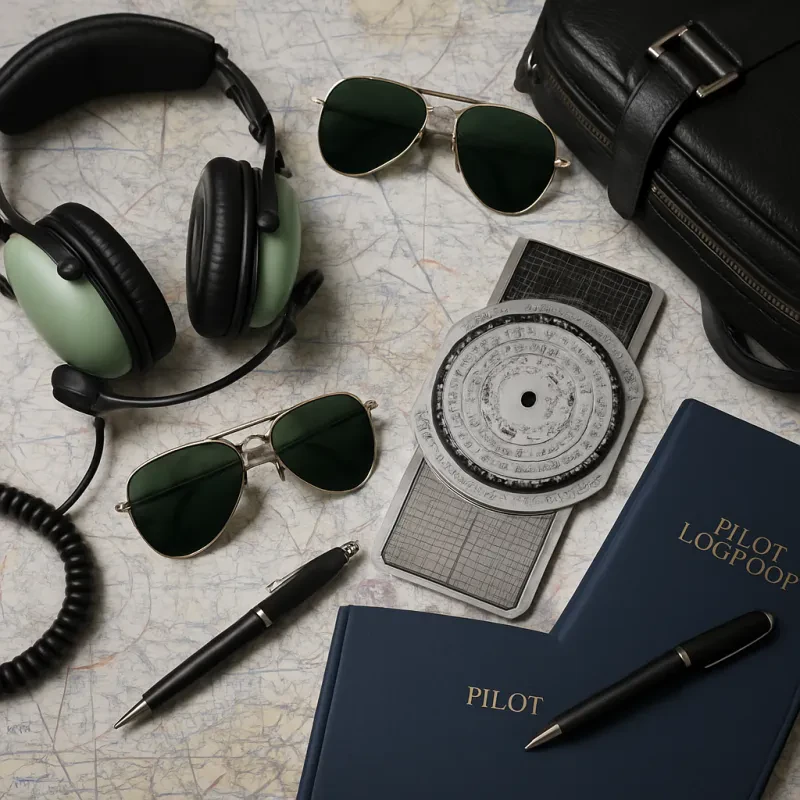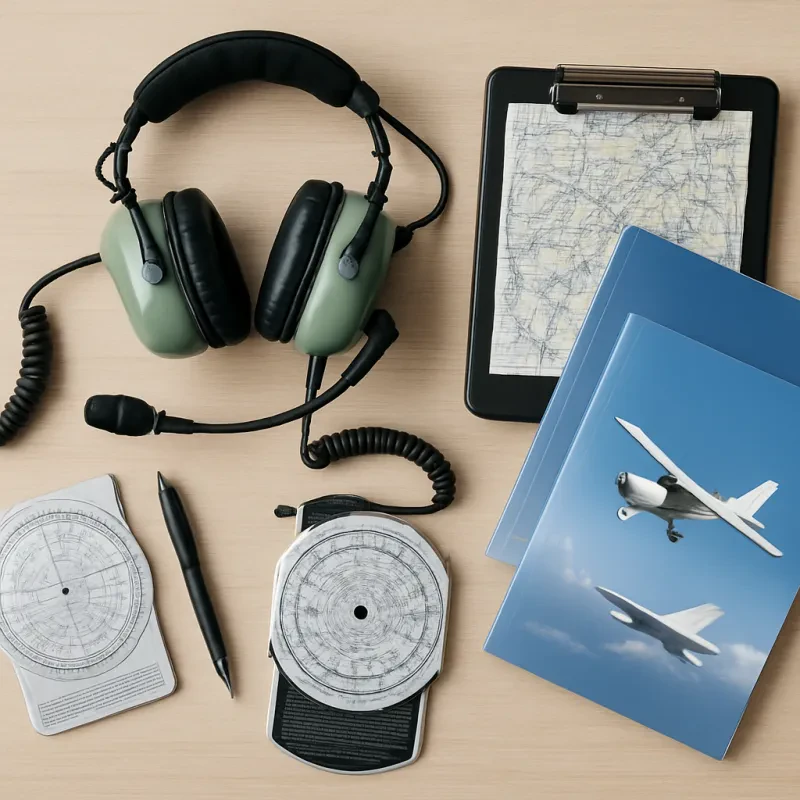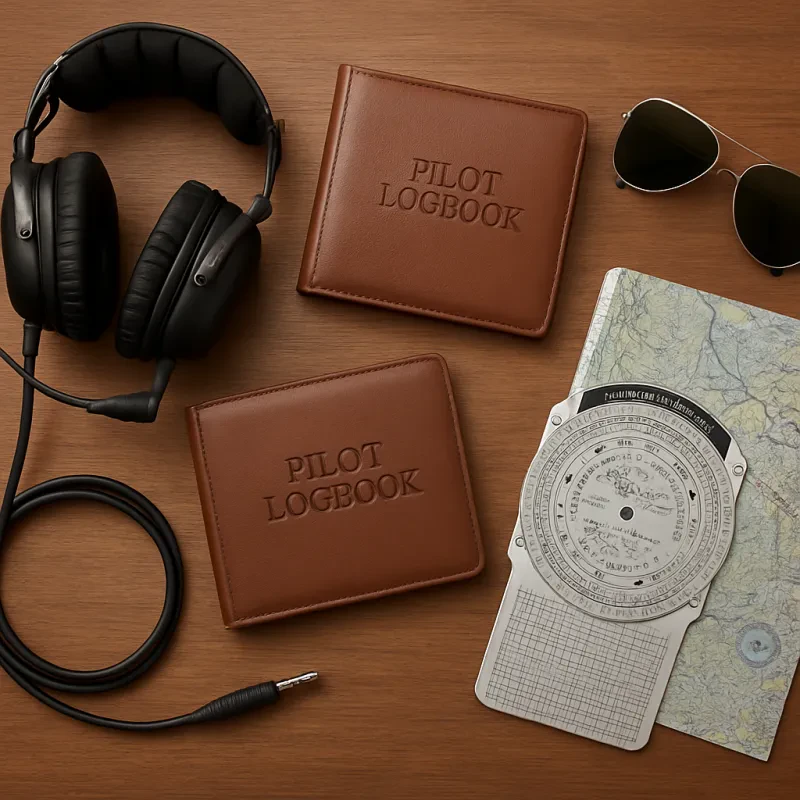Are you ready to take your love for flying to new heights? Look no further than sport aircraft! These lightweight and nimble planes are designed for adrenaline-seekers and adventure enthusiasts who crave the thrill of soaring through the skies. Whether you're a seasoned pilot or a newcomer to aviation, sport aircraft offer an exciting way to explore the world from a whole new perspective.
Sport aircraft are known for their agility and maneuverability, making them perfect for aerobatics and other high-flying stunts. With their sleek designs and powerful engines, these planes can perform impressive aerial tricks that will leave you on the edge of your seat. From loops and rolls to spins and dives, the sky's the limit when it comes to the excitement that sport aircraft can deliver.
In addition to their thrilling capabilities, sport aircraft are also popular for their versatility and ease of use. Many models are designed for both training purposes and recreational flying, making them a great option for pilots of all skill levels. Whether you're looking to hone your flying skills or simply enjoy a leisurely flight over the countryside, sport aircraft offer a unique and exhilarating way to experience the freedom of flight. So buckle up, strap in, and get ready for the adventure of a lifetime with sport aircraft!
Getting Started: Preparing for Flight
Are you ready to take to the skies and experience the thrill of flying a sport aircraft? Before you can embark on this exciting adventure, there are a few important things you need to do to prepare for your flight. Whether you're a seasoned pilot or a first-time flyer, proper preparation is key to ensuring a safe and enjoyable experience.
The first step in getting ready for your sport aircraft flight is to familiarize yourself with the aircraft you'll be flying. Take some time to learn about its controls, instrumentation, and safety features. If you're flying with an instructor or pilot, ask them to walk you through the aircraft and explain how everything works. This will help you feel more confident and comfortable once you're in the air.
Next, make sure you're dressed appropriately for your flight. Wear comfortable clothing that allows for easy movement, and consider wearing layers so you can adjust to the temperature inside the aircraft. Don't forget to wear closed-toe shoes, as they provide better traction and protection in case of an emergency landing.
Finally, be sure to follow any instructions or guidelines provided by your instructor or pilot. Pay attention to safety briefings and listen carefully to any pre-flight instructions. Remember, safety should always be your top priority when flying a sport aircraft, so be sure to follow all protocols and procedures to ensure a safe and enjoyable flight.
In the Air: Exciting Maneuvers
Experience the rush of adrenaline as you take to the skies and witness the thrilling maneuvers of sport aircraft. From aerobatic rolls to loops and spins, these nimble planes are designed to show off their agility and speed in the air.
One of the most exciting maneuvers you can witness is the barrel roll, where the aircraft rotates around its longitudinal axis while following a horizontal circular path. It's a heart-pounding experience that will have you on the edge of your seat as you watch the plane perform this daring feat.
Another crowd-pleaser is the hammerhead turn, where the plane climbs straight up, comes to a standstill, and then drops back down in a vertical dive. The sheer power and precision required to pull off this maneuver is truly impressive and will leave you in awe of the pilot's skills.
Whether you're watching from the ground or experiencing these maneuvers firsthand as a passenger in a sport aircraft, one thing is for certain - the excitement and thrill of these aerobatic displays will stay with you long after you touch back down on solid ground.
Safety First: Tips for a Smooth Landing
Flying a sport aircraft can be an exhilarating experience, but safety should always be the top priority. Here are some tips to ensure a smooth landing and a successful flight:
1. Pre-flight inspection: Before taking off, always conduct a thorough pre-flight inspection of the aircraft. Check the fuel levels, engine, controls, and landing gear to make sure everything is in proper working order. It's better to discover any issues on the ground than in the air.
2. Maintain a safe altitude: When approaching for landing, make sure to maintain a safe altitude and follow proper landing procedures. Keep an eye out for other aircraft in the area and communicate with air traffic control to ensure a smooth descent.
3. Keep an eye on the weather: Weather conditions can change quickly, so always check the forecast before taking off. Avoid flying in poor weather conditions such as heavy rain, strong winds, or low visibility. If the weather deteriorates during the flight, don't hesitate to divert to a nearby airport for a safe landing.
4. Practice, practice, practice: Landing a sport aircraft takes practice and skill. Take the time to practice your landing techniques regularly to improve your proficiency and confidence. Remember to always use the proper approach and landing procedures to ensure a smooth and safe landing every time.


